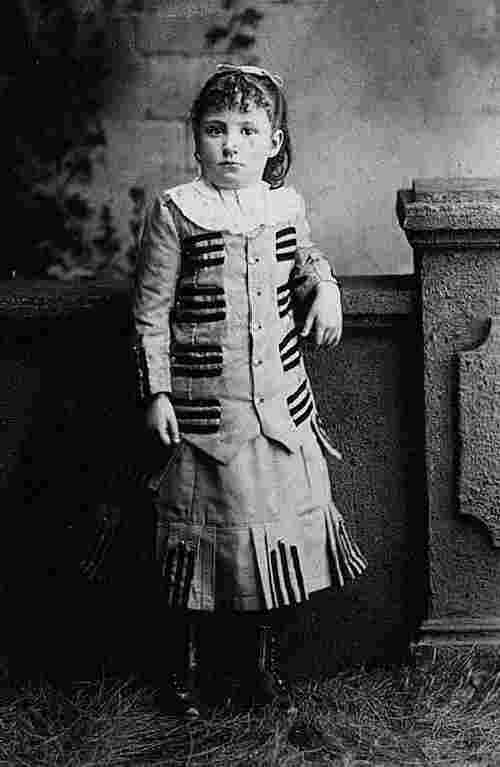
Figure 11.--HBC is not sure about this image. The outfit looks much like a kilt suit a boy might wear. The hair, however, is done a bit differently than the ringlet curls a boy might wear.


Figure 11.--HBC is not sure about this image. The outfit looks much like a kilt suit a boy might wear. The hair, however, is done a bit differently than the ringlet curls a boy might wear. |
Most would say that this child is definitely a girl, especially because of the hair do and hair bow and what looks like a dress. HBC is not so convinced. And in fact considers this to be another tough image to assess. The child definitely could be a boy, but there is no way of knowing for sure. Many boys in the late 19th century wore kilt suits that were of course not really kilts. There are prominent front buttons on the jacket which also suggestvthe child may be a boy. Thus this child definitely could be a boy.
In assessing images, it is always hrlpful to date it. HBC believes that this portrait was probably taken in the 1880s. This was period of peak popularity for the kilt suit. The styling on the suit suggests that it may have been the late 1870s or eraly 1880s as kilt suit became much plainer by the late 1880s. The carte d'viste looks like a a 1880s card.
The portrait was taken by the Morris studio at 16 Sixth Street, Pittsburgh. So we know the child was photographed in Pittsburg, Pennslyvania.
The curls are done differently than mosdt I have seen on a boy. Theyblook morevlike a girl's curls, but such conventiobns werevnot fixed and much was left up to mother to decide. Certainly many boys at the time had thicker and longer curls, but perhaps this child did not have thick hair to work with.
The child's hair bow in particular would lead many to conlude this child is a girl. HBC has noted, however, that some boys had hair bows added to their curls--even boys much older than this child. Thus the hair boy does not rule out that the child may be a boy.
Many would say the child is swearing a dress. HBC believes it is a kilt suit. Kilt suits were a very popular style for boys in the late 19th century. They were of course not really kilt suits, but called that as a kilt was a skirted costume associated with males. Kilt suits were generally made in sizes from about 3 to 6 years. The suits with frillier applique were usually made for sizes up to 5 or 6. Plainer more boyish styles were sometimes
available in sizes up to 8 years. This would mean that boys of 9 or even 10 might wear them. So a boy of this age might well wear such a garment. Also notice that their are no fancy or girlist embelishments to the tunic. HBC speculates that this child would have been dressed in his or her best outfit for a formal portrait. Wouldn't a girl have a fancier outfit? This might have been a boy's best outfit, but probably not a girl's party dress.
HBC notes that buttons, especially front bittons on a jacket were more more likely to be used on boys' kilt suits than girls' dresses. It is not that buttons were not employed on girls' clothes--but usually not as prominetly. A HBC contributor notes that the coat buttons on the male side.
The child wears a small necklace. This is morelikely on a girl, but young boys might also wear a necklace, so again does not rule out it bering a boy.
Navigate the Historic Boys' Clothing Web Site:
[Return to the Difficult gender page2]
[Introduction]
[Activities]
[Bibliographies]
[Chronologies]
[Contributions]
[Frequently Asked Questions]
[Frequently Asked Questions]
[Links]
[Style Index]
[Boys' Clothing Home]